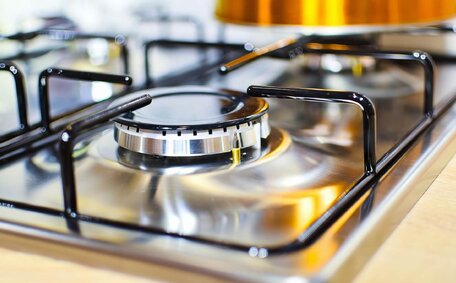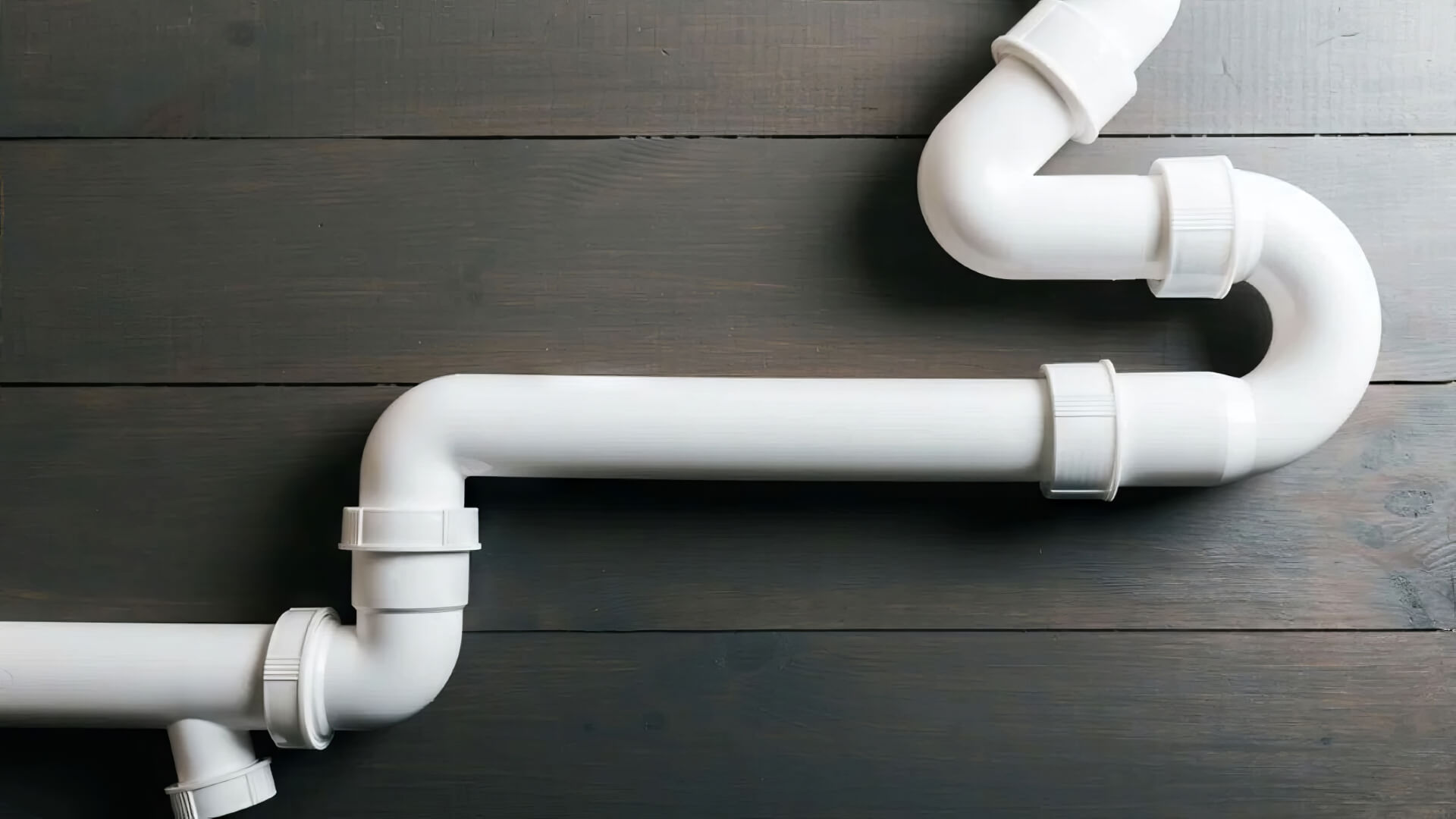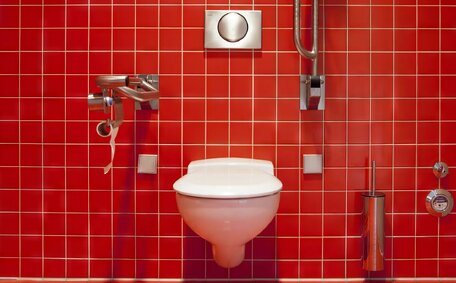Introduction to Gas Fitting Tools and Safety Regulations
Possessing the appropriate tools and strictly following safety regulations are paramount for gas fitting work. Incorrect or malfunctioning equipment can cause hazardous gas leaks, explosions, or carbon monoxide poisoning. AS 4575 establishes guidelines to ensure gas fitters engage in safe working practices, keeping gas systems secure.
Some essential plumbing gas fitting tools include hoses, connectors, crimp tools, and gas leak detectors. Quality stainless steel hoses and brass fittings ensure secure connections, while advanced leak detectors accurately find dangerous leaks. Following manufacturer specifications for proper use and maintenance is also vital to prevent accidents.
Using appropriate personal protective gear such as gloves, goggles, and protective clothing is mandatory for gas fitting tasks. Only qualified professionals who consistently adhere to safe work method practises with training in handling gas appliances and components should perform this specialised work. Adhering to safety procedures and using well-maintained, approved tools is crucial.
This article guides professionals on sourcing the variety of equipment used in plumbing gas fitting tasks. It also stresses the importance of proper usage and upkeep for safety. With the right gear and adherence to standards, gas fitters can work securely and efficiently.
Essential Hand Tools for Gas Tasks
Gas plumber specialists utilise a variety of specialised hand tools to perform jobs safely. Here are some of the most essential:
- Pipe wrenches - Adjustable wrenches like Stillsons grip and turn pipes, fittings, and valves. Sizes range from 15cm to 45cm.
- Tubing cutters - Rolling tube cutters produce straight, clean cuts on copper pipe without deformation. Use lubricating oil for smooth cuts.
- Flaring tools - Either manual or hydraulic flaring tools shape the end of tubing to accept flare fittings and form gas-tight seals.
- Reamers - Remove burrs and debris inside freshly cut pipe ends so fittings can fully insert.
- Jointing compounds - Sealants like Rexaform paste ensure complete sealing between threads.
A sound management system involves securely handling pipes and tools with gloves to mitigate slippage risks. Manufacturers’ operating guidelines detailing the correct procedures and safety measures must be followed. Inspect equipment before each use and perform regular maintenance like sharpening cutters and replacing worn parts.
Pipe Cutters and Threaders
Specialised pipe cutting and threading tools help gas fitters accurately prepare pipe ends to accept fittings and connections.
Pipe Cutters
Tubing cutters are essential for cleanly cutting copper pipes to length without crushing or deforming the pipe.
High-quality tube cutters with sharp cutting wheels and ball bearing rollers create straight, burr-free cuts ideal for precise hose fitting, suitable for pipes with diameters between 5mm to 35mm. It’s critical to secure the pipe in the cutter firmly and lubricate the cutting wheel before making uniform rotations to cut the tubing.
Pipe Threading Tools
Threading tools cut the spiralling ridge pattern required to screw on threaded pipe fittings. Hand-powered threading tools for gas pipes under 25mm include headstocks with interchangeable dies, support bars, and handle grips. Use proper cutting lubricants and ensure dies are sharp and free of damage for clean threads.
Power tools such as powered machine threaders rapidly cut threads in pipes up to 50mm diameter but require experience to operate safely. Always grip pipes and tools securely and adhere to the method statement in the manufacturer operating guidelines.
Wrenches
Wrenches are essential for tightening and loosening gas connections. Selecting the proper wrench helps prevent pipe and fitting damage.
Pipe Wrenches
Adjustable wrenches, including Stillsons and Monkey wrenches, securely handle pipes, fittings, and valves with diameters from 2.5cm to 5cm. The adjustable jaw opens wider to grip larger items or locks in place if working in tight spaces.
Ensure the jaws firmly grip pipes when turning fittings to prevent slippage. Avoid over-adjusting as excessive pressure could crack fittings. Pipe wrenches require space to swing the handle in an arc when applying torque.
Basin Wrenches
Basin wrenches become the right hand for accessing nuts in confined areas like under sinks. Their long handles and pivoting heads slot into spaces as small as 50mm. Use short leverage strokes and take care not to apply too much pressure on brittle sink basins.
Check jaw condition and adjustment tension before use. Lubricate sticky nuts using penetrating oils and ensure wrench jaws grip cleanly to avoid rounding off nut edges.
Using properly rated, well-maintained wrenches helps gas fitters safely complete connections. Handle wrenches securely and avoid over-torqueing fittings.
Advanced Equipment for Professional Gas Fitters
Experienced gas fitters rely on advanced equipment to ensure safety and efficiency when working on complex gas systems. This specialised gear helps them thoroughly inspect installations and locate dangerous leaks.
Fibre optic scopes and remote cameras enable visual inspections in constrained areas like wall cavities or appliance interiors. Detailed inspections ensure all components are in good working condition and compliant to regulations.
Ultrasonic Gas Leak Detectors
Ultrasonic sensors detect high frequency sounds produced by gas leaks, making your job to locate and repair them much easier. Handheld detectors feature headphones and digital displays indicating leak direction and intensity to pinpoint issues quickly. More advanced units even calculate and display leak rate.
Wearing personal protective equipment like face shields, gloves, and respiratory gear is essential when exposing potential leaks. Quality detection gear can help ensure gas professionals identify the precise location and size of hazardous leaks.
Inspection Cameras
Inspection cameras are vital tools that allow gas fitters to visually examine pipes, connections, and appliance interiors without needing to dismantle components. Attaching a flexible fibre optic cable to a portable monitor creates a way to see inside confined spaces.
- Pan-and-tilt cameras - Manually adjust angle and orientation
- Self-levelling cameras - Automatically maintain horizon
- Push cameras - Spring-loaded for crawling long distances
- Video borescopes - Capture images and videos
Uses for inspection cameras include:
- Assessing pipe corrosion, obstructions, or damage
- Locating leaks or small gas escapes
- Checking appliance heat exchanger integrity
- Confirming effective venting in flues or chimneys
- Documenting work with photos for client reports
Cameras equipped with high-resolution, integrated measurement capabilities, and substantial lighting facilitate comprehensive inspections and proactive maintenance. They are invaluable for confirming safety and detecting issues early before they become dangerous or expensive problems.
Gas Leak Detectors
There are various detector types suited to different applications:
- Electronic sensors - Portable detectors identify leaking gas by the change in thermal conductivity. Used for finding large leaks safely from a distance.
- Ultrasonic detectors - Detect high-frequency sounds produced by gas escaping from small pressure leaks. Exact leakage location can be pinpointed.
- Flame ionisation - Sniffers draw in ambient air to determine very low gas concentrations for tightness testing.
- Liquid bubble solutions - Applied onto connections during pressure testing to visually locate larger escaping gas bubbles.
Ultrasonic detectors in particular can measure leakage rates and use digital displays showing exact direction and intensity. Top models from brands like BOC even automatically calculate total leak rate.
All gas fitters should be trained in using suitable leak detectors properly based on the Australian Standard AS/NZS 4645. Regular detector calibration and bump testing ensures accurate safety readings.
Gas Hoses, Fittings and Connectors
Using quality gas hoses fittings and connectors certified to Australian Standards is vital for safe and secure gas connections.
Gas Hoses
Flexible stainless steel hoses, including those designed for oxygen, efficiently transport gas from supply points to appliances. They are made of corrugated interior tubing covered by a stainless steel exterior sleeve. Common diameters are 5mm and 10mm.
Gas hoses also comply with stringent standards such as AS1335 that specify material quality, diameter sizing, pressure ratings, and safety requirements. Using hoses and fittings that fail to comply with standards may lead to dangerous leaks or explosions.
Brass Fittings and Connectors
Fittings, including those for welding hoses, establish connections between gas supply points, valves, and appliances. Flare nuts, T-joints and elbows made from chrome-plated brass allow hoses to be securely joined and routed.
All hoses fittings must create airtight seals to prevent any potential leakage. Threads should be undamaged and properly mated with jointing compounds like Rexaform paste to ensure your connections are secure and resistant to vibration.
Cone seat brass unions join pipework securely. They can adapt between thread sizes and allow easy dismantling for maintenance.
Utilising certified hose fittings and connectors according to manufacturer instructions guarantees a reliable and secure gas connection.
Ensuring Leak-Proof Connections
Precision and care when joining fittings is vital.
Quality Materials
Use only certified gas hoses and brass fittings that meet Australian Standards like AS1335 and AS/NZS 1869. Components that are substandard or compromised can cause leaks over time.
Proper Jointing Technique
Fittings must be accurately sized to match hoses and pipe diameters to prevent internal leaks between loose connections. Cut tubes squarely and flared properly before securing flare nuts. Verify that jointing compounds fully saturate the threadings for a secure seal.
Do not apply excessive torque when tightening fittings to avoid cracking. Use properly rated wrenches and grip hoses with tools when turning to prevent slippage damage.
Pressure Testing
Once assembled, always pressure test the entire gas system at 20kPa for ten minutes observing for leaks according to AS/NZS 5601.1. Apply bubbling solutions liberally on all connections and undertake tightness testing if any escapes are present.
Following best practises for materials, jointing methods and testing is necessary to guarantee all gas connections are completely leak-free for safe appliance operation.
Hose Standards and Regulations
Hoses used for gas fitting must comply with Australian Standard AS1335 to ensure safety. This rigorously sets specifications for hose materials, diameter sizing, pressure ratings, and certification requirements.
Only approved stainless steel hoses from reputable brands should be used. Gas hoses have mandated pressure ratings like 5kPa or 10kPa that must be suitable for the gas pressure they will handle.
Using inferior quality or non-certified hoses that do not meet AS1335 poses extreme safety hazards from leaks or explosions. Similarly, attaching too small diameter hoses unable to provide the required gas volume to appliances creates risk.
Installing undersized, damaged or non-compliant gas hoses also violates Australian regulations. Failing to follow AS/NZS 5601 for gas installations can incur major fines or licence suspensions.
Adhering to hose standards and regulations protects gas fitters and the public. Quality hoses prevent leaks, ensure adequate gas flow, and comply with Australian laws for safely transporting gas from supplies to appliances in systems and homes.
Maintaining and Caring for Gas Equipment
Adhering to a detailed work method statement is vital for ensuring gas fitting equipment is properly maintained for safety and performance. Implementing careful inspection, cleaning, storage and handling procedures prolongs tool lifespan while preventing dangerous site hazards.
Regular Inspections
Thoroughly inspect all gas tools before and after each use. Check hoses, fittings and detectors for any cracks, leaks, damage or worn parts needing replacement. Confirm correct operation by testing appliances after any repairs or adjustments.
Proper Cleaning
After use, clean equipment by wiping surfaces to remove dirt, oil, and residue. Clean pipe cutter wheels with brushes or solvents to remove grime.
Prevent electronics from getting wet. Tools that are thoroughly rinsed, dried, and maintained have a longer lifespan.
Secure Storage
Store appliances and detectors in protective cases when not in use. Neatly wind up hoses and cables to prevent kinking. Lock away hazardous materials securely.
Place tools in drawers or cabinets safe from corrosion, chemicals or impacts from other items.
Careful Handling
Consistently handle, transport, and place equipment cautiously to avert drops or collisions.
Ensure adequate workspace and lighting when using tools. When dealing with sharp implements, wear thick gloves. Follow operating instructions and employ safety procedures diligently to work safely and prevent accidents.
Well-maintained equipment lasts longer while helping gas fitters work efficiently and safely. Regularly inspect, clean and care for all gas tools according to manufacturer guidelines.
Staying Informed on Evolving Gas Standards
Gas fitting is a complex trade that requires extensive initial training and ongoing education as technology and safety standards continue advancing. Australian regulations and codes of practise are also frequently updated to reflect improved procedures and materials.
Attending manufacturer training courses on new appliances can be invaluable for maintaining gas safety.
Active membership in organisations like the Plumbing and Pipe Trades Employees Union provides access to the latest news and field alerts.
Campbelltown Plumbing prioritises staff development through a skill enhancement approach. Our plumber gas technicians pursue continuing education opportunities and hold current accreditation for using advanced equipment like diagnostic cameras and ultrasonic leak detectors. We stay on top of changing safety protocols and gas appliance servicing procedures.
For expert assistance meeting the latest compliance standards or advice navigating evolving codes, email Campbelltown Plumbing or call us on 1300 349 338 to schedule an appointment. Our highly qualified gas fitters excel in ensuring every installation adheres to the utmost safety and performance standards.






